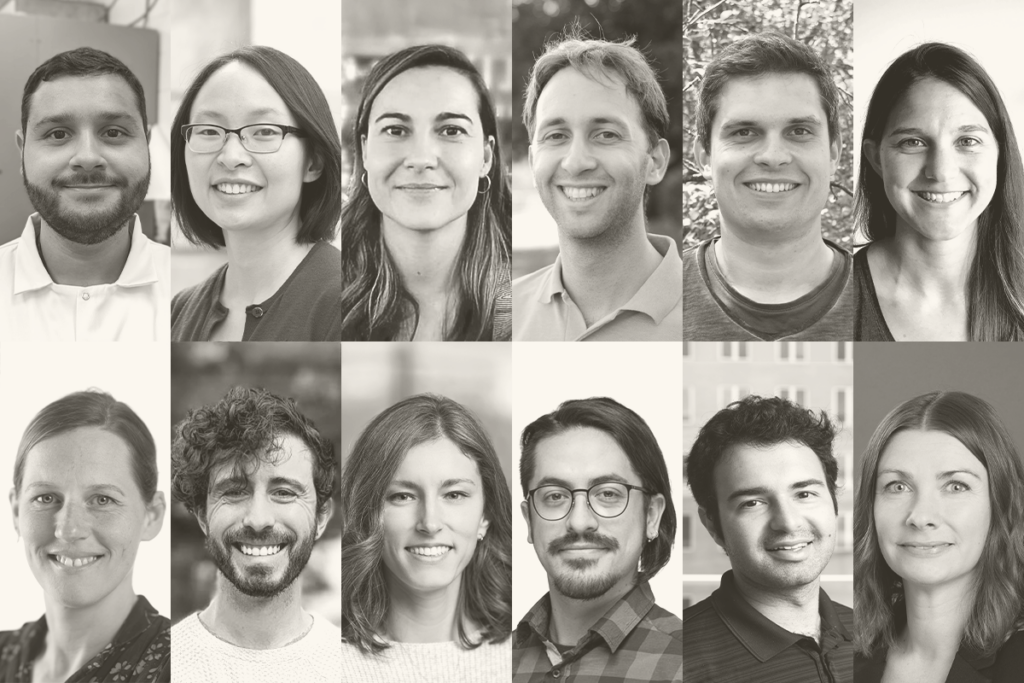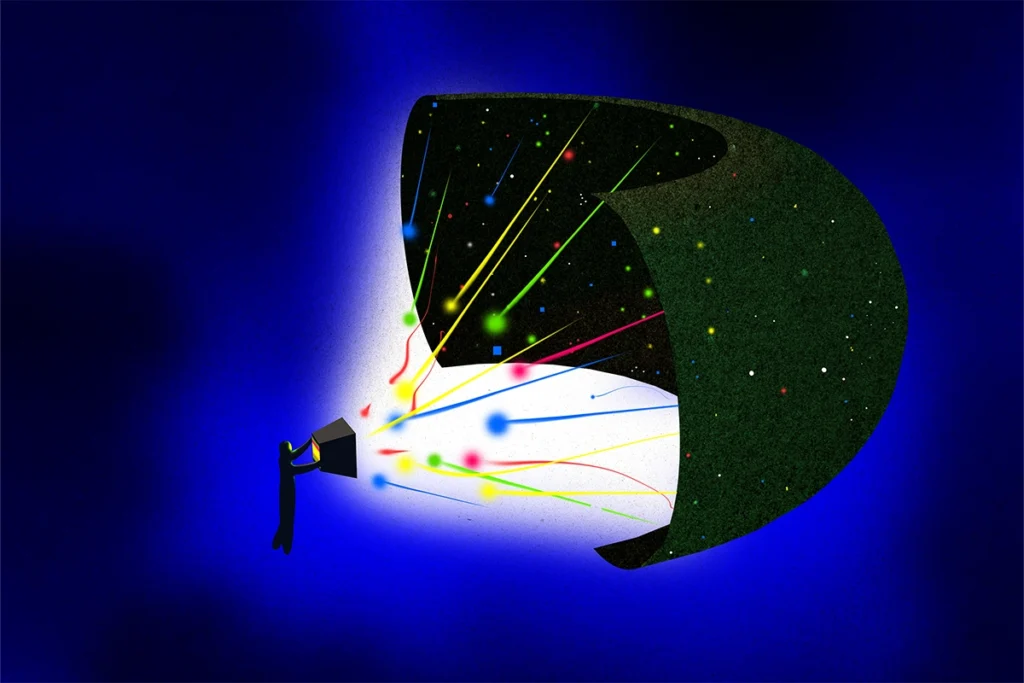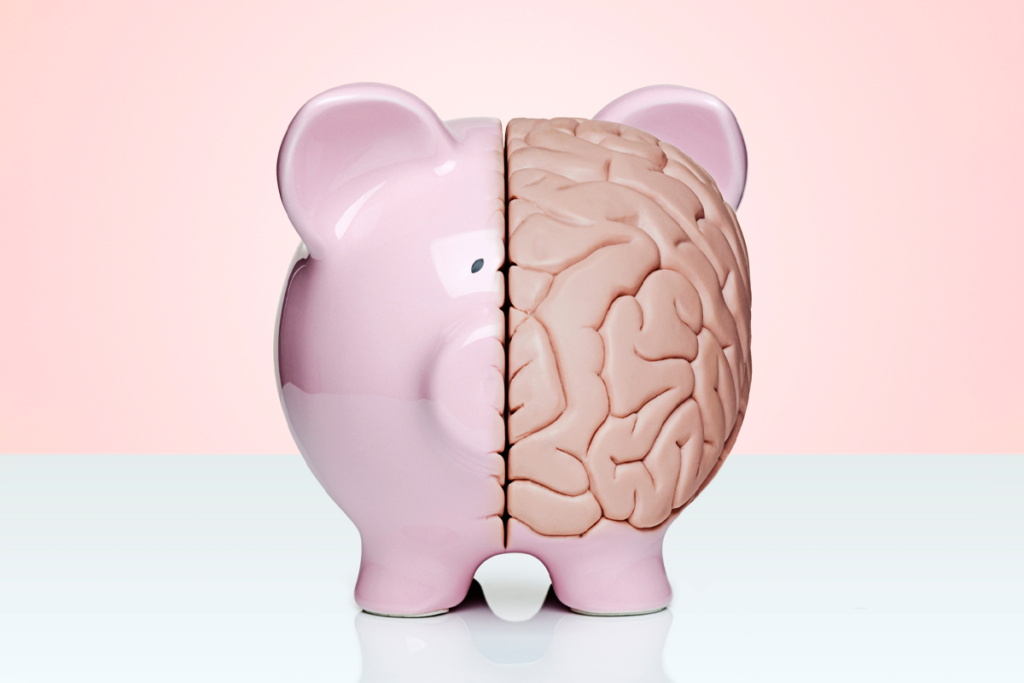
‘Elusive Cures: Why Neuroscience Hasn’t Solved Brain Disorders—and How We Can Change That,’ an excerpt
In her new book, published today, neuroscientist Nicole Rust takes us on her personal quest to spell out the brain research community’s “Grand Plan.”
Let’s take stock: As a community of brain researchers, how are we doing? In terms of the vast number of facts about the brain we have collected, we have indisputably made tremendous progress these past three decades. In that light, it’s unclear why our efforts to understand and treat certain brain and mental disorders—from Alzheimer’s disease to psychosis—remain frustrated. What exactly do we need to know? And how do we, as a community, plan to figure it out? These were the questions I was grappling with when I set out to write “Elusive Cures.”
Writing this book was a personal journey. I have been engaged in brain research for decades, and it frustrated me that I did not have clear answers for these big questions. I also could not see the throughlines between what our community is engaged in and what society needs, and that left me pessimistic. Likewise, I wrote—and then discarded—large swaths of the book multiple times as I attempted to spell out answers, but they fell short.
Eventually, I got there, and on the other side of writing the book, I’m unequivocally optimistic about near-term progress in our field. A bird’s-eye view on where we have been, where we are and where we are heading has helped me see how things are changing and the impact those changes will have. The bulk of “Elusive Cures” is focused on unpacking those ideas systematically. Here—in the section excerpted below, which I read aloud in the audio clip above—I fast forward to the conclusion of the book to share a glimpse of what I’m seeing that makes me so hopeful about our next steps.
A new era in brain research
Over 30 years ago, Carol Jennings helped researchers pinpoint the gene in her family that leads to Alzheimer’s disease; tragically, we still cannot offer her family a cure (or even a highly effective treatment). Benjamin Stecher has spent the past decade advocating for individuals with Parkinson’s, and we cannot do anything to stop the progression of his disease. Nor can we stop the progression of ALS or Huntington’s. Likewise, many individuals cannot escape opioid dependence in the same way that Travis Rieder did; a death from an opioid-related overdose happens in the United States every 8 minutes. Similarly, many individuals do not recover from severe bouts of depression in the same way that William Styron did; a death from intentional suicide happens in the United States every 10 minutes. Individuals afflicted with these and other types of brain dysfunction need better solutions than the ones we can offer today.
For decades, many tens of thousands of brain researchers have been working to help find those solutions. The discovery of the genetic code in the 1960s, coupled with rapid developments in biotechnology, computational power, and noninvasive imaging, ushered in an era of tremendous enthusiasm that we would arrive at solutions quickly. Unfortunately, those solutions have not been as forthcoming as many hoped. It’s not that nothing has been happening; it has! Novel treatments for pain, insomnia, postpartum depression, paralysis, spinal motor atrophy, and other disorders have emerged over the past few decades, built from insights into how the brain works. But clinical trials of Alzheimer’s, Huntington’s, Parkinson’s, depression, psychosis, and other disorders have failed for reasons that we don’t understand. That, coupled with the absence of leads to chase, led many major pharmaceutical companies to abandon the brain drug development effort in 2011, and not much has changed since. Researchers themselves are growing concerned. We need a new “Grand Plan.”
What I affectionately refer to as the Grand Plan for brain research is a description, in broad strokes, of how we’ll go about finding the causes of brain dysfunction and develop treatments. My own journey with this book began with the realization that I could not write down a Grand Plan for brain research that I was optimistic about—one that could describe how we plan to go from where we are now to new therapies. I knew the sketch: figure out the causes of brain dysfunction and create treatments. But what is the plan to accomplish that? What I knew was that the way the plan was formulated in the 1990s and depicted in popular textbooks (find a gene, make a mouse, create a drug) wasn’t going to work. It took me the better part of two years to sift through the history, philosophy, and science required to see the emerging alternative, and at times it was overwhelming. But the act of writing it down helped me understand what the new and promising Grand Plan for brain research is. Now that I can see it, I’m optimistic and grateful to know it. I’m also ready to dive in and contribute.
T
he seemingly straightforward fact that the Grand Plan so squarely follows from assumptions about “the type of thing that the brain is” has been vastly underappreciated. While not often explicitly stated, inferring those assumptions is pretty straightforward. Since the 1990s the assumption has been that the brain can be approximated largely as a linear domino chain. The molecular neuroscience framework focuses on the chain of events from genes to proteins to neurons to neural circuits to function. Likewise, the notion of the brain as a sequential computer is that it receives sensory input and passes it along to a series of modules to arrive at a behavioral response. Similarly, many hypotheses about dysfunction are triggering causes that lead to effects, including the hypothesis that toxic protein clumps initiate both Alzheimer’s and Parkinson’s, and depression follows from less vigorous activity in prefrontal cortex. The domino-chain approach implies that brain dysfunction follows from an aberrant domino; it can be captured with the phrase “find the broken domino and fix it.” It’s instantiated in brain research by the notion that we can “find a mutated gene, create a mouse, develop a drug.” Or “find a brain area with aberrant brain activity and stimulate it.”What the domino-chain presumption misses is that the brain must continuously adapt to changing conditions, and how it accomplishes this typically involves feedback. In this type of system, causes lead to effects that feed back again on causes. Their behavior can no longer be captured by domino chains, and their dysfunction typically cannot be described as “broken dominos.” This is because they tend to exhibit emergent properties that cannot be inferred by studying their parts in isolation. Consequently, dysfunction can amount to things like a system set at the wrong point, where the set point is determined not by nodes but by the strength of their interactions.
We also need to remember that while the entire purpose of feedback is adaptation such that a system is robust to some types of changes in the world, endowing them with that robustness makes them fragile in other ways. Many types of brain dysfunction probably follow from this fragility. The fact that neurodevelopmental disorders like autism and schizophrenia are not entirely genetically inherited but also often have no clear-cut environmental causes is thought to follow from powerful adaptations during development where small perturbations lead to big effects. Our immune systems also exhibit a powerful form of adaptation that seeks to identify and destroy minute quantities of invading pathogens. When it becomes imbalanced, neuroimmune disorders like multiple sclerosis can follow. Depression is thought to happen when the mood system, which is thought to exist to help inform us about global changes so we can adapt to them, gets stuck in a negative feedback cycle in which bad moods lead to the distorted percept of bad outcomes, which in turn leads to worsening mood. Likewise, the brain’s fight-or-flight response exists to help us adapt and respond to threats, but its overuse can be harmful. Conceptually, adaptability is the brain’s super-power, but its unavoidable by-product is fragility; this fragility is why the brain breaks.
While notions of adaptivity, feedback, and fragility are not new (for instance, homeostasis dates back to the 1930s), thus far, they’ve often been missing the same notions that the brain-as-a-computer sought to fill. Namely, a catalog of the brain’s (recurrent) circuits, their activity patterns, and how they map onto the brain’s functions does not provide enough information to build something like the brain. For instance, we can suppose that feelings motivate us to approach good things and avoid bad ones, but how exactly does the brain figure out what those things are? Presumably, it happens via learning, based on experience. But how exactly does the brain transform sensory input into a determination of whether something out in the world is good or bad? Answering that question is a crucial component of understanding how the brain works.
As I see it, breakthroughs in the future of brain research will extend the 1990s molecular neuroscience ethos to capture how the brain processes information and adapts to its changing needs. We will increasingly begin to think about the brain as a complex dynamical system that adapts to regulate itself and continuously interacts with an environment that it learns from. We will increasingly realize that the brain’s dysfunction follows from its fragility and that treatments amount to controlling a complex system—something we know is exceedingly hard to do. The brain will turn out to be more like the weather than a domino chain. But unlike the weather, there is more hope that we will indeed be able to influence it, to shift it from unhealthy to healthy states, because the brain has so many mechanisms to control and keep itself in balance.
Excerpted from “Elusive Cures: Why Neuroscience Hasn’t Solved Brain Disorders—and How We Can Change That,” by Nicole C. Rust. Reprinted with permission from Princeton University Press. Copyright 2025.
Recommended reading

Neurophysiology data-sharing system faces funding cliff

The Transmitter’s New Lab Directory
Explore more from The Transmitter

Imagining the ultimate systems neuroscience paper

